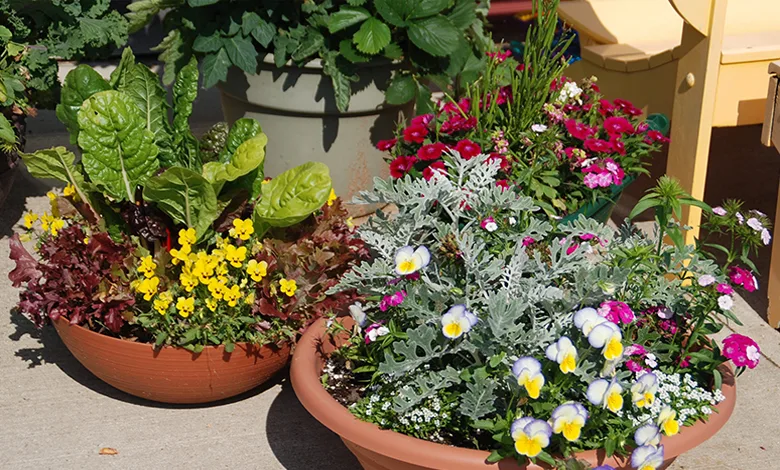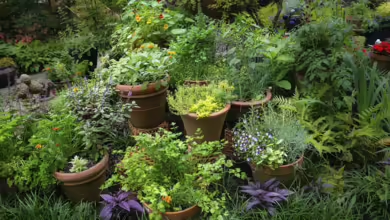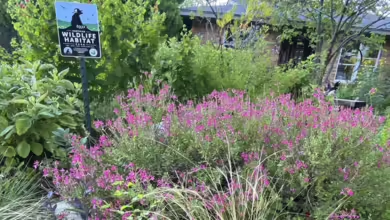Selecting the Right Potting Mix for Your Plantings

Finding the ideal potting mix for our houseplants and containers is a common pursuit among gardeners. Like any gardening endeavor, success depends on the availability of the specific plants you want to grow and the level of maintenance you will provide.
Review the label on the bag you plan to purchase to enhance your success and minimize ongoing maintenance. Bags may have labels such as planting mix, potting mix, container mix, or other variations. Check the label for the mix’s composition and recommendations for use.
These mixes usually contain inorganic and organic materials, including sand and mineral soil. They may or may not be sterilized to kill weed seeds and pests. If it doesn’t say sterilized, it probably is not, and you should consider another product instead.
Some mixes state their product as “soilless,” comprising peat moss, sphagnum moss, compost for moisture retention, and vermiculite or perlite for drainage. These mixes are lightweight and designed to retain moisture while ensuring proper drainage.
Some potting mixes are modified to accommodate the needs of certain plants. For example, orchid mixes may contain more bark for improved aeration, while cacti and succulent mixes have increased sand or perlite for enhanced drainage. African Violet potting mixes often feature more organic matter for a moist, nutrient-rich medium.
For those preferring organic options, look for products labeled as organic and check for the OMRI certification, which ensures the mix is free from pesticides and contaminants.
Examine the bag label for details on fertilizer content. Some mixes include a “starter charge” of fertilizer. This minimal amount of fertilizer is usually gone after two or three waterings. The label may also say controlled-release, time-release, or slow-release fertilizer, meaning it gives your plants nutrients over an extended period.

While moisture-retaining products claim to reduce watering frequency, their effectiveness varies. To enhance moisture retention without these products, consider adding an organic option like wool pellets from Wild Valley Farms. These sustainable pellets, made from wool waste, have been university-tested and shown to reduce watering by up to twenty percent while improving air space and adding organic matter.
Choose bags of potting mix that are light, fluffy, and moist. Avoid waterlogged and heavy bags, as the blend may break down, become compacted, and cause some of the slow-release fertilizer to be pre-released, damaging young seedlings when saturated with water.
Invest time in finding the potting mix that aligns with the needs of your plants and your watering routine. The effort to select the perfect mix will yield enhanced growing success in the long run.





